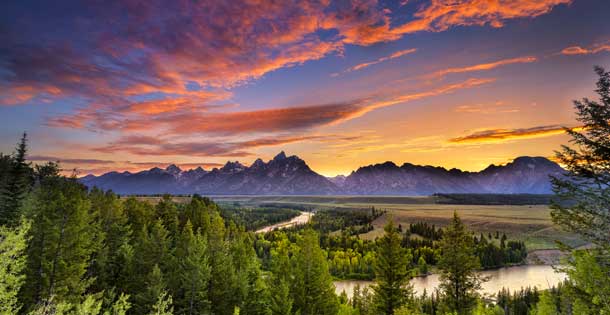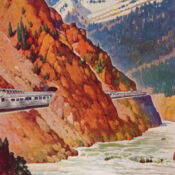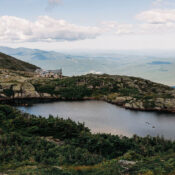When I was in my late teens, some of my friends slung on backpacks and scooted off to see the world. As an East Coast city kid who’d never been past the Mississippi, I wanted to see America. So, after a certain amount of wheedling and cajoling, a friend and I convinced our parents that we could responsibly travel out West by ourselves one summer without getting into too much trouble.
It was a life-changing experience, and one of the highlights was riding up out of Jackson Hole and getting that stunning view of the Teton Mountains just shooting up from the valley floor.
When you’re 17, your first thought is I have to go up there. So, with no experience at such altitude and no technical gear whatsoever (my footwear, if you can call it that, consisted of a pair of work boots with balding tread), we climbed.
Middle Teton (the peak right next to Grand Teton) is a walkable ascent, except for one hairy short section near the top. After a full day’s slog up the glacier and a night camped at the treeline, we reached the peak on day two and munched on cheese sandwiches in the chill thin air. Before us lay a 360-degree view of jagged peaks and unspoiled valleys. About 1,000 feet down, a small lake, still frozen in July, appeared as a patch of turquoise.
You don’t forget something like that. As Karen Berger, who wrote our cover story on the 100th anniversary of the National Park Service, describes her own hike to the top of Yosemite Falls: “The view can make you understand how a landscape can be so powerful that you’d change your life to save it for the next generation.”
And that’s just it. The very notion of preserving, rather than exploiting, great swaths of land for future generations was a novel concept 100 years ago. It took the passage of a law — with, I must add, a drumbeat of support from this magazine — to form the National Park Service. That landmark achievement is honored in this issue. As documentary filmmaker Ken Burns points out, “For the first time in all of human history, land was set aside for everyone; not for kings or noblemen or the rich but for everyone.”
In 1916, when Congress was considering the bill that would ultimately establish the U.S. National Park Service, the Post repeatedly showed its support. That year, a quick succession of editorials from Post editor George Horace Lorimer laid out his arguments for passage of the bill in the issues for January 1, February 12, and March 18.
Become a Saturday Evening Post member and enjoy unlimited access. Subscribe now



